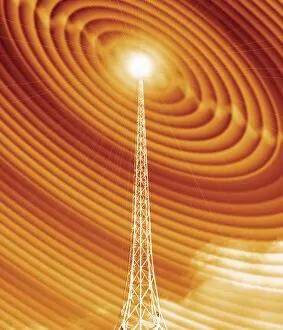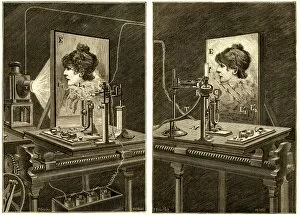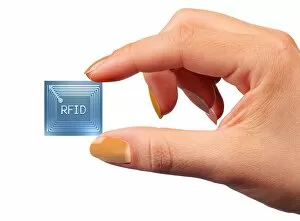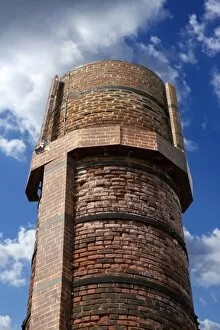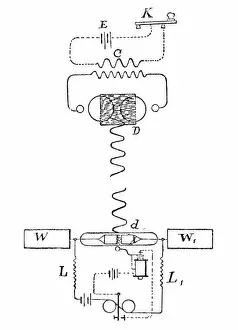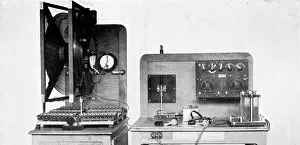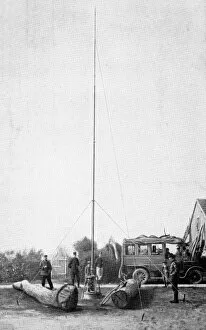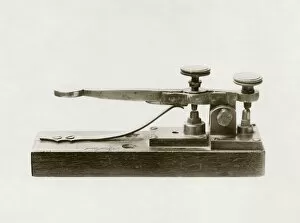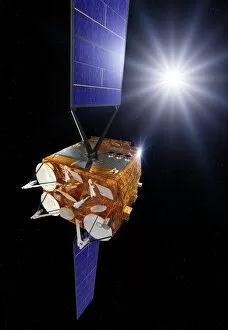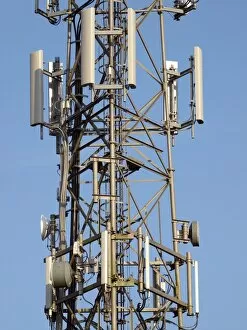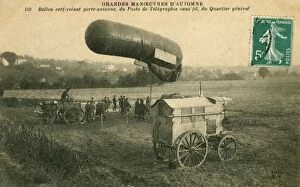Transmitter Collection (page 6)
The transmitter, a revolutionary invention that changed the course of communication history
For sale as Licensed Images
Choose your image, Select your licence and Download the media
The transmitter, a revolutionary invention that changed the course of communication history. It all began with Marconi's radio apparatus, which paved the way for long-distance wireless communication in the late 19th century. With his groundbreaking Marconi radio valve, he transmitted signals across vast distances, forever altering how we connect. Imagine Marconi himself standing proudly next to his radio, a symbol of innovation and progress. His transmitter allowed messages to be sent and received effortlessly, bridging gaps between people and places like never before. One iconic image is that of the Radio Station Tower at Tuckerton, NJ - an imposing structure reaching towards the sky as it broadcasts information far and wide. Similarly, Alexandra Palace became a beacon of connectivity as it housed one of Marconi's transmitters during its early days. But let us not forget other pioneers like Thomas Edison who contributed to this technological revolution. Their inventions complemented each other; Edison's genius in electrical engineering enhanced transmission capabilities even further. In times of war or emergency at sea, wireless officers relied on Morse Code to send crucial messages from onboard ships. The sight of these skilled individuals diligently tapping away on their machines evokes a sense of urgency and dedication. Fast forward to space exploration: the Apollo lunar rover carried astronauts across unknown terrain while relying on transmitters for vital communications back home. This artwork captures both human ingenuity and reliance on advanced technology beyond Earth's boundaries. Back down on Earth, TV transmitters such as Crystal Palace in London brought entertainment into homes worldwide. These towering structures broadcasted news updates, sports events, and beloved shows - connecting communities through shared experiences. However impressive our advancements may be though when accidents occur – like those depicted by Traffic Accident Group – communication becomes essential for quick response and assistance. Reflecting upon old versus new methods of communication reminds us how far we've come but also highlights challenges faced along the way. From smoke signals to smartphones – each era has its unique transmitter, shaping the way we interact and share information.

